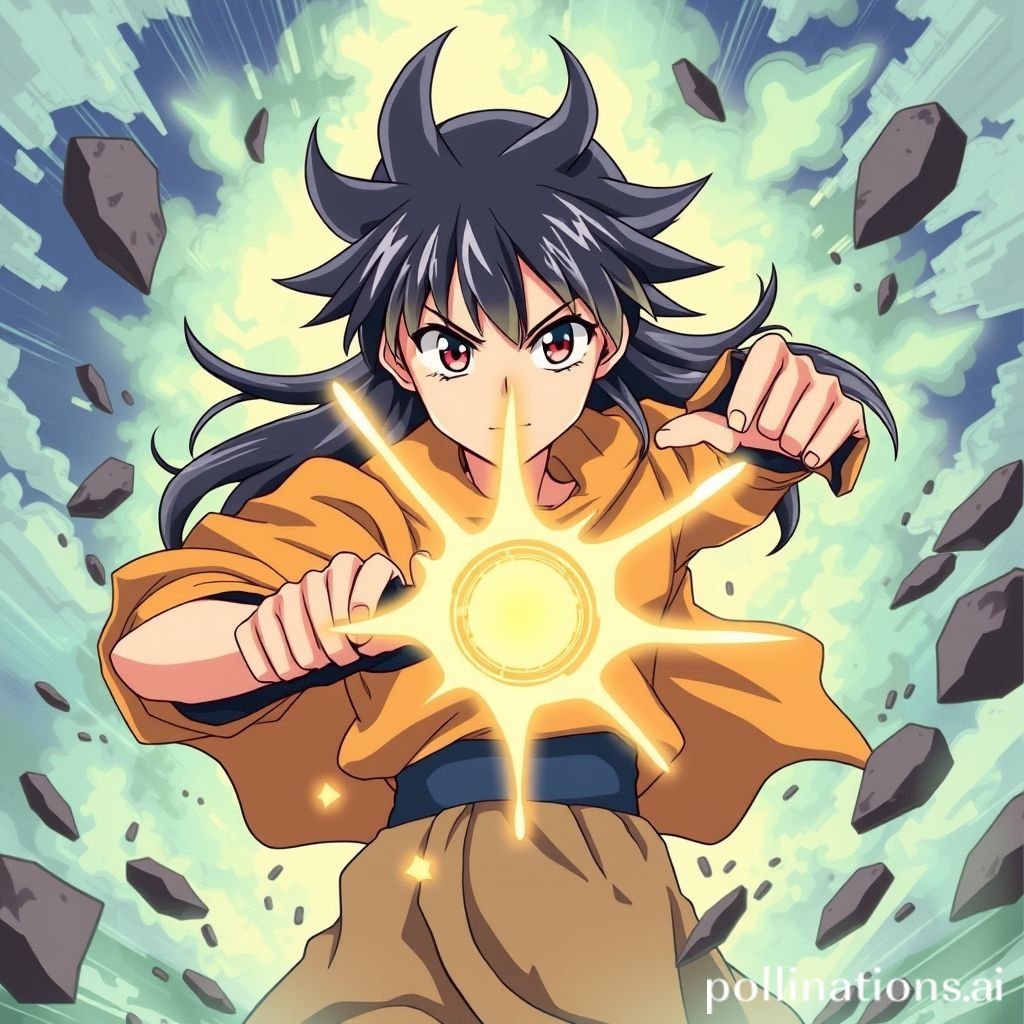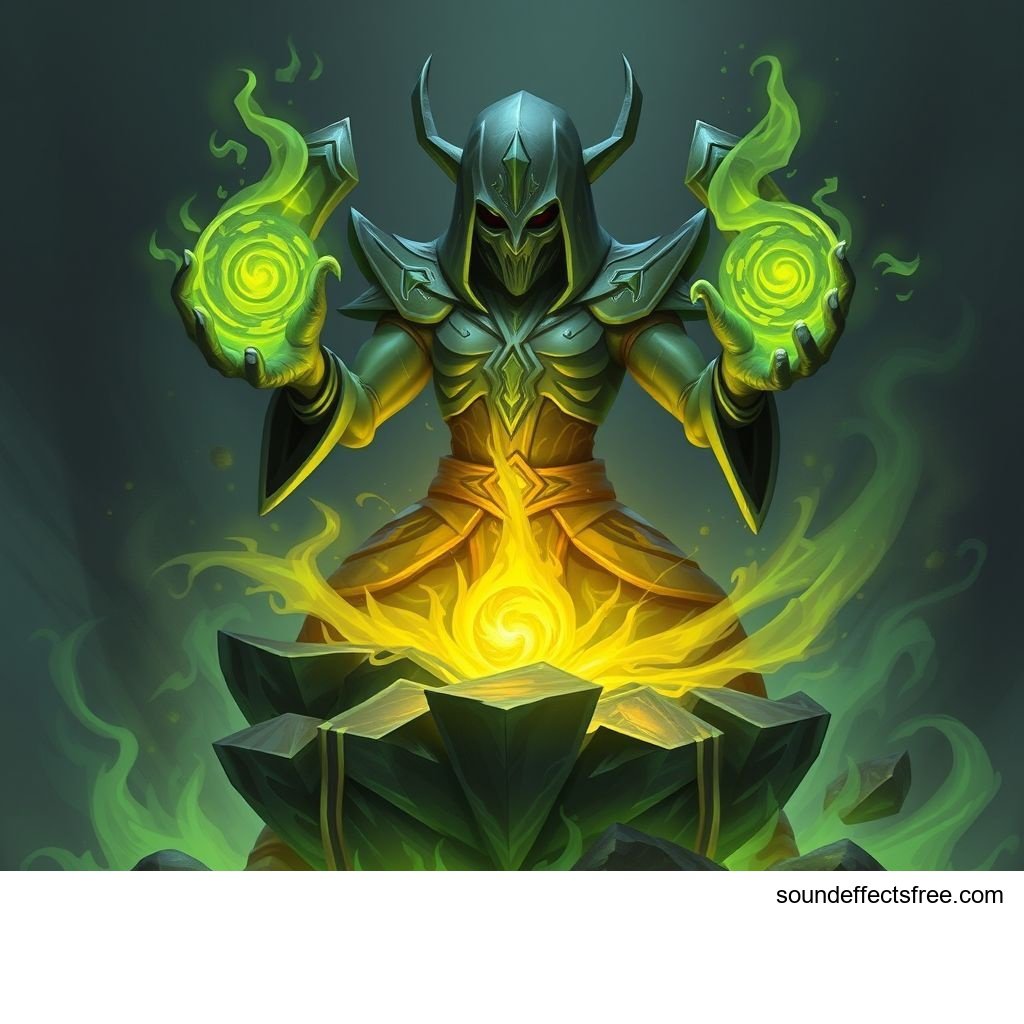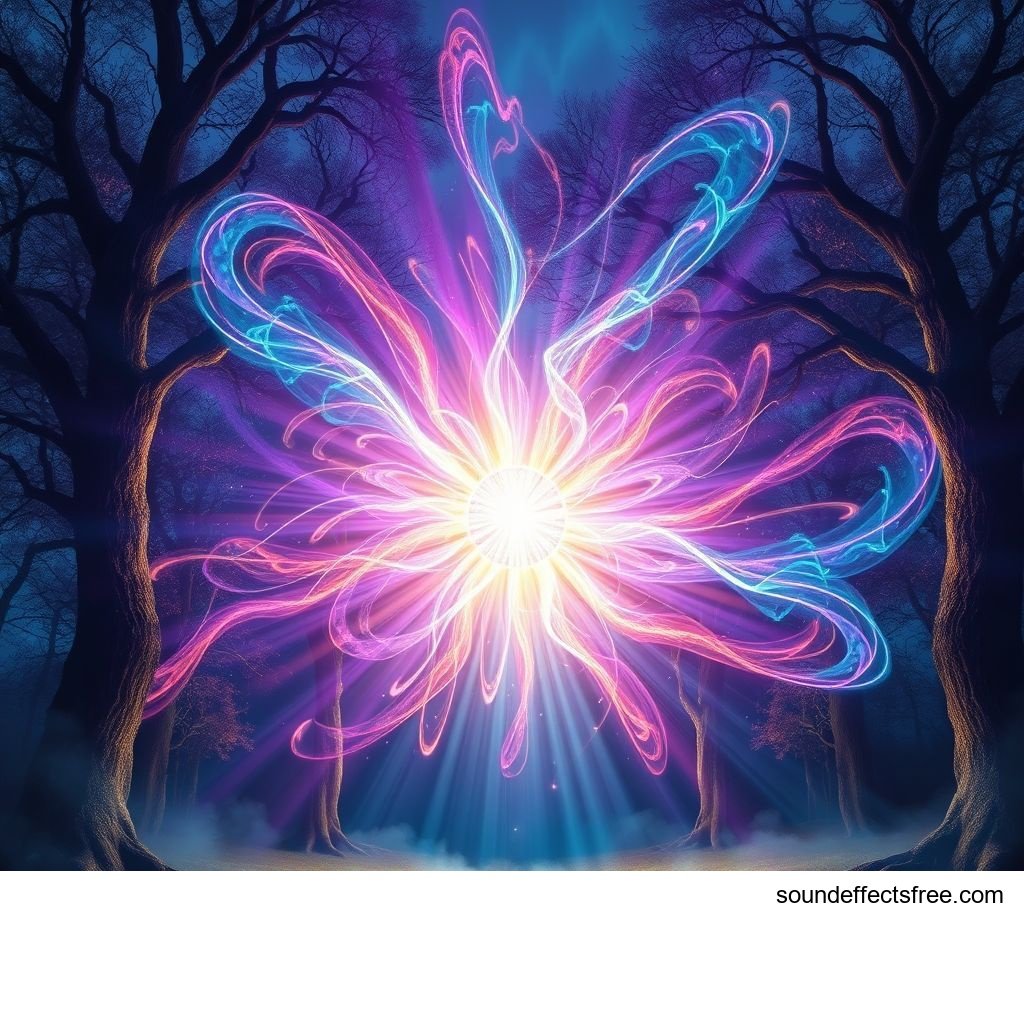Heroic Anime Impact: Sound Design Secrets
The world of anime is rich with visual splendor. Yet, its true power often lies hidden in plain sight: the profound impact of its sound design. Every dramatic moment, every powerful punch, and every dazzling magic spell is elevated by expertly crafted audio. This article dives deep into the art of dramatic impact sound design within anime and cartoons, exploring how these powerful audio effects shape our viewing experience. Understanding these sonic layers unlocks a new appreciation for the heroic tales unfolding on screen.
Applications in Media
Dramatic impact sounds are the backbone of many thrilling anime scenes. They create a visceral connection for the audience. Without them, even the most impressive animation would fall flat. These audio effect elements are crucial for conveying power and emotion.
Industry-Specific Uses
In anime, impact sounds define key moments. Think of a superhero landing with a mighty thud. Consider the explosive sound of a character unleashing a powerful energy blast. Each impact sound tells a story. They signal a major event or highlight a character's strength. Transformative sequences, where characters power up, rely heavily on these sounds. A single punch can carry the weight of an entire battle. Even subtle sounds can emphasize a hero's unwavering resolve. This is vital for the anime experience.
Many classic anime series are famous for their unique sound signatures. These sounds become instantly recognizable. They evoke specific feelings or memories. A character’s signature attack often has its own iconic sfx. This helps build a brand for the anime itself. It creates a lasting impression on fans. The sounds are just as iconic as the visuals.
Creative Techniques
Crafting these memorable sounds involves ingenious creative techniques. Sound designers often combine multiple elements. A single "hit" might be a mix of a recorded punch, a metallic clang, and a low-frequency rumble. This layering creates a complex audio effect. It adds depth and power. Exaggeration is key in anime sound design. Sounds are often larger than life. They go beyond what would be realistic. This amplifies the dramatic impact.
Unique textures are also employed. Designers might manipulate everyday sounds to create something entirely new. A cracking ice sound could become part of a powerful magic spell. The goal is to make the sound impactful and unforgettable. These techniques are what make anime sound design truly special. They elevate the heroic actions on screen.
Technical Analysis
Understanding the technical aspects of sound helps us appreciate its design. Each impact sound is carefully engineered. It delivers maximum effect. This technical precision is vital for the anime world.
Waveform Characteristics
Every sound has a unique waveform. For an impact sound, a steep attack is common. This means the sound reaches its peak volume very quickly. This creates an immediate "hit." Following the attack, there's usually a rapid decay. This makes the sound sharp and percussive. It does not linger too long. A good audio effect often has a distinct transient. This is the initial burst of energy. It defines the "punch" of the sound. Mastering these characteristics ensures a powerful anime sound. This is essential for any heroic moment.
Frequency Profile
The frequency profile describes the balance of low, mid, and high frequencies. A strong impact sound often has a deep low-end rumble. This adds weight and power. It makes the punch feel truly heavy. The mid-range frequencies provide clarity and presence. They help the sound cut through background music or dialogue. High frequencies add sizzle or sparkle. They can represent debris, energy, or the crack of an impact. Balancing these frequencies is an art. It ensures the anime sound is full and dynamic. (Image ALT tag: Heroic Anime Impact sound waveform visualization)
Production Tips
Creating high-quality anime impact sounds requires specific production methods. Both recording and software tools are crucial. These tips can help aspiring sound designers.
Recording & Editing
Foley artistry is a common technique. Sound designers record real-world objects. They often use creative substitutes. A leather jacket might create the sound of a powerful whoosh. Punching a cabbage can simulate a body impact. These raw recordings are then edited. They are cleaned up and layered. Time stretching and pitch shifting are common editing tools. These techniques manipulate the original sound sample. This makes it fit the specific anime scene. Recording in a controlled environment is important. This minimizes unwanted noise. It ensures a clean audio effect.
Software Tools
Digital Audio Workstations (DAWs) are the core of sound production. Programs like Pro Tools, Logic Pro, and Ableton Live are widely used. These platforms allow for multi-track editing and mixing. Various plugins enhance sounds. Equalizers (EQs) shape the frequency profile. Compressors manage dynamics. Reverb and delay plugins add spatial depth. Synthesizers can also generate unique sounds from scratch. Many anime studios use custom sound libraries. These libraries contain a vast collection of sfx. They speed up the workflow. Explore resources like Pro Sound Effects for professional sound libraries.
Creative Implementation
Beyond the technical aspects, how sounds are creatively implemented matters. Layering and spatial effects add immense depth. They make the impact feel real.
Layering Methods
Layering is fundamental to powerful anime sounds. A single heroic punch might consist of:
- A dry, sharp punch sound.
- A low-end thud for weight.
- A subtle whoosh indicating movement.
- A high-frequency shatter for impact debris.
- A magical sparkle for specific anime abilities. Each layer contributes to the overall audio effect. Careful blending ensures they sound cohesive. This creates a rich, complex sound sample. It avoids a thin or flat sound. Layering helps to convey the sheer force of a magic spell.
Spatial Effects
Spatial effects place sounds within a virtual space. Panning moves sound left or right in the stereo field. This can follow a character's movement. Reverb simulates echoes in different environments. A short, tight reverb suggests a small space. A long, lush reverb indicates a vast, open area. Delay creates echoes that repeat over time. These effects add realism and depth. They make the impact sound like it's happening in the scene. They enhance the immersive quality of an anime. This makes the heroic moments even more dramatic.
Sound Pack Integration
Sound packs offer a convenient way to access high-quality sfx. They provide a foundation for your audio projects. Many anime creators rely on these collections.
Using with Other Sounds
High-quality sound packs offer specific collections. You can find packs tailored for anime impact sounds. These packs are designed for easy integration. Tips for combining this anime sound with other sounds from its pack: Ensure consistent quality. Match the sonic characteristics. For example, use sound sample options with similar EQ profiles. This creates a cohesive listening experience. Blend different sounds seamlessly. This enhances the overall narrative flow. Related anime sounds can provide additional choices. Consider how a specific punch might interact with a character's grunts. Think about a magic explosion coinciding with a musical swell. These integrations make the scene truly impactful.
Complete Collection
For comprehensive audio solutions, explore full sound packs. These often contain hundreds or thousands of high-quality audio effect options. They cover a wide range of needs. From subtle UI clicks like UI Confirm Tap to thunderous heroic impact sounds, a complete collection provides versatility. Investing in a good anime sound library saves time and effort. It ensures you have the right sound for every dramatic moment. Get the full sound pack for comprehensive audio solutions.
FAQ Section
Q1: What is the most crucial element of a heroic anime impact sound? A1: The most crucial element is its immediate and powerful attack. This creates a strong initial impact, making the punch or magic feel immediate and forceful.
Q2: How do sound designers make anime sounds feel so exaggerated? A2: Designers use techniques like extreme layering, pitch shifting, and heavy processing. This transforms a basic sound sample into something larger-than-life, perfect for anime.
Q3: Can I create my own heroic impact sounds for anime projects? A3: Absolutely! You can record your own foley sounds. Then, use a Digital Audio Workstation to layer and process them. This allows for unique audio effect creation for your anime.
Q4: Why is the low-end important in an anime impact sound? A4: The low-end frequencies provide weight and rumble. This makes the impact feel heavy and powerful. It adds a physical sensation to the punch or explosion in anime.
Q5: Are sound packs useful for professional anime productions? A5: Yes, sound packs are widely used. They offer professional-quality sfx and save significant production time. Many anime studios utilize them for various heroic sounds.
Conclusion
The art of dramatic impact sound design is vital to the anime experience. These expertly crafted audio effect elements elevate every heroic act. They make every punch and every magic spell resonate deeply with the audience. From meticulous technical analysis to creative layering, sound designers weave a powerful auditory tapestry. They transform static images into thrilling, immersive narratives. Understanding the secrets behind these powerful sounds unlocks a new appreciation for your favorite anime. So next time you watch, pay attention to the sounds. They are truly the unsung heroes of the anime world.





